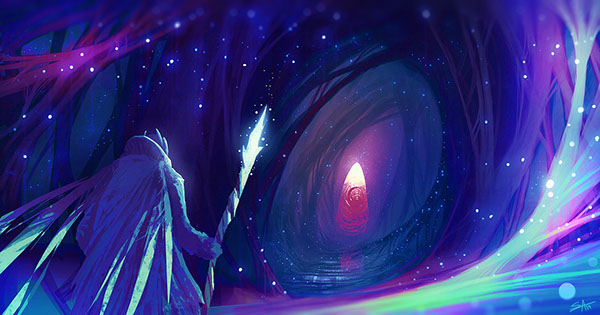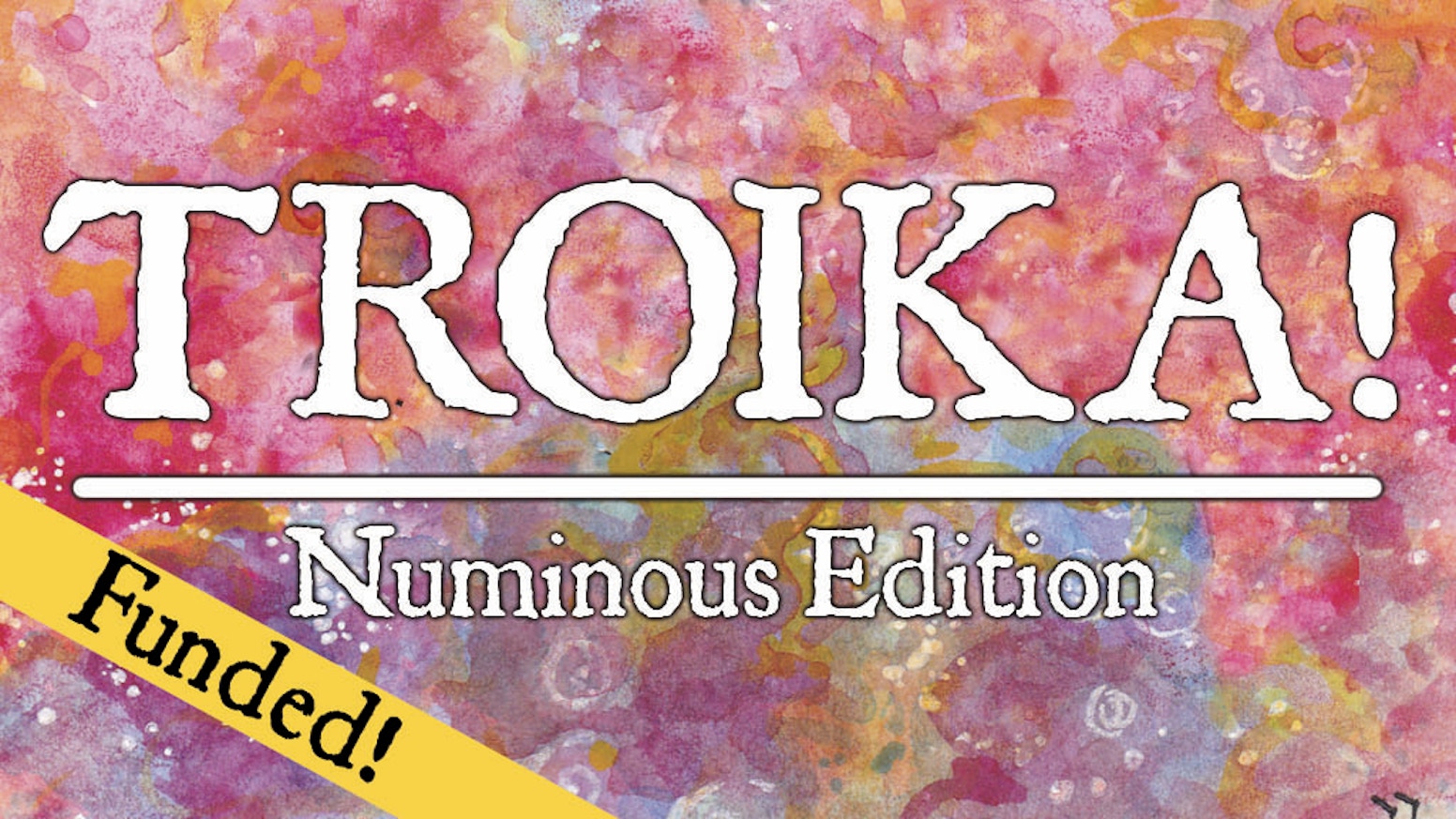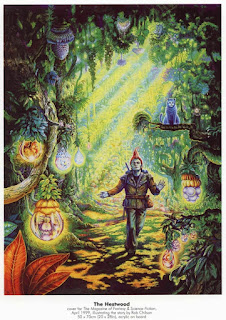The original verison of thie post appeared in September of 2011.
Discussion
last week got me to thinking (tangentially) about different magic systems in media and how they might be categorizes. Maybe taking a closer look at these sorts of models might suggest variations for gaming systems? This analysis is in the formative stages, so bear with me here.
It seems to me that on one side we have
ritual-based systems. Spells in these systems tend to be specific, discrete entities with distinct effects. Some sort of ritual (of varying levels of complexity) is involved in their production. Effects may be flashy and visual, but just as often there is no visible connection between caster and effect, other than the caster's ritual performance. Magical duels are games of "oneupmanship" with canny spell choice winning the day. Various ritual magic systems in the real world are examples of this, as are many popular rpg systems. Card-based systems of various manga and anime (and the card games they support) would probably be a variant. Interestingly, this sort of system is otherwise not particularly common in media, though it is not new: Roger Corman's
The Raven (1963) has a wizard duel of the ritual sort, though much less elaborate in terms of ritual than what would come later.
On the other end of the spectrum are
energy-based systems. These portray magic as some force to be manipulated and wielded. Effects tend be very visible. There may be talk of spells or “cants” or “weaves,” but these tend to be portrayed more like maneuvers or techniques rather than strict formula. Magical duels are marked by a concern with the comparative "power levels" of the participant, not in the advantageousness or disadvantageousness of the spells they choose to employ. Most comic book mages (outside of John Constantine) wield this kind of magic--and so does Green Lantern, for that matter. Many literary mages are off this type: The Aes Sedai in the
Wheel of Time series, the Schoolmen in R. Scott Bakker’s Three Seas novels, and the Warren-tapping mages of Erikson’s
Malazan Book of the Fallen series are all examples.
Of course, it’s a spectrum with many systems showing some elements of both. For example,
Harry Potter magic has ritual, but the power level of individual mages is very important. Also, what characters say about there system is often not completely congruent with how they appear to work; Doctor Strange mentions a lot of spells and rituals, but the appearance of his magic tends to be energy manipulation.
Still, I haven’t been been able to think of one so far that does seem to fit. Obviously, there are other parameters to consider--external versus internal power source, for instances--but I think this divide is the most generalizable.
























